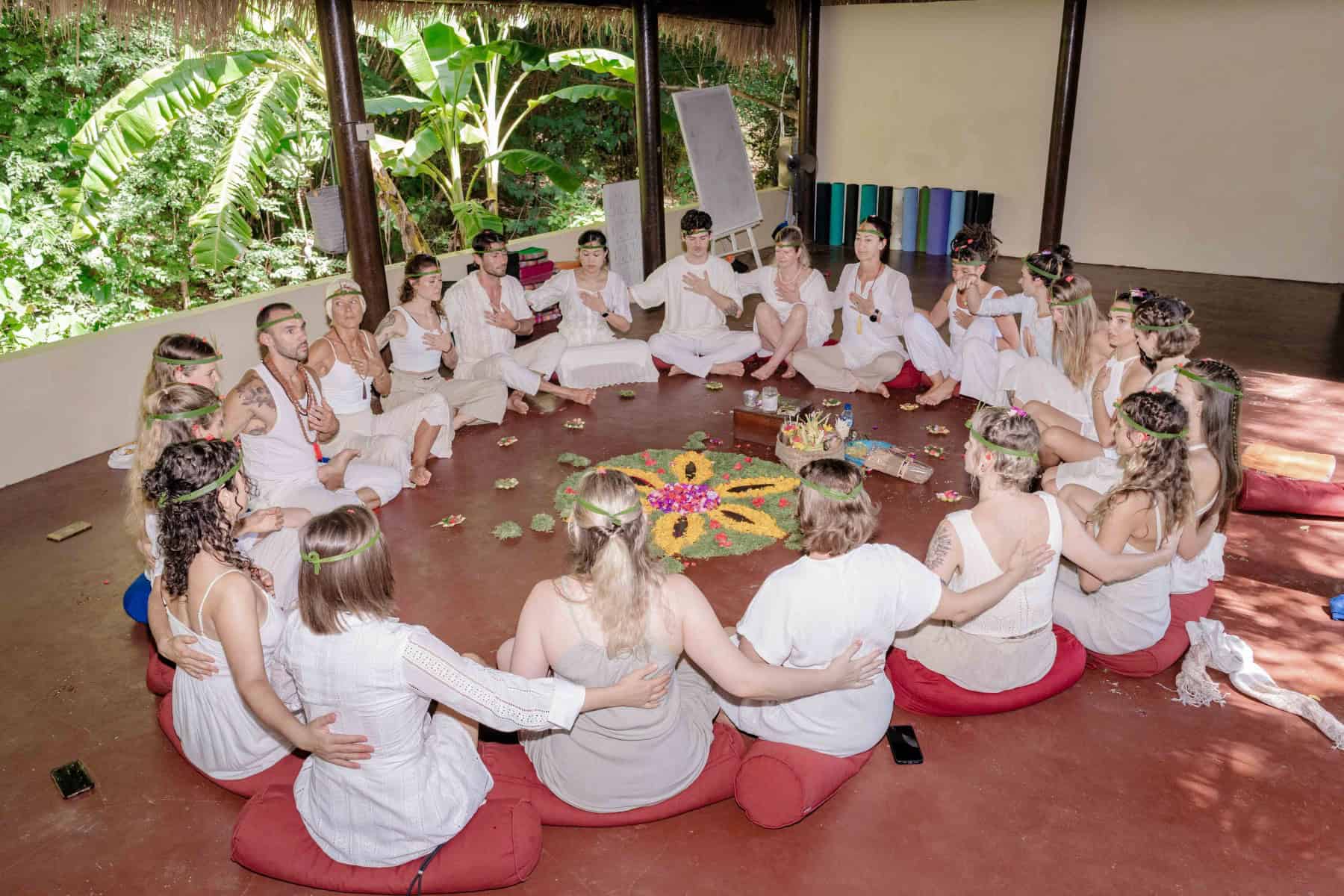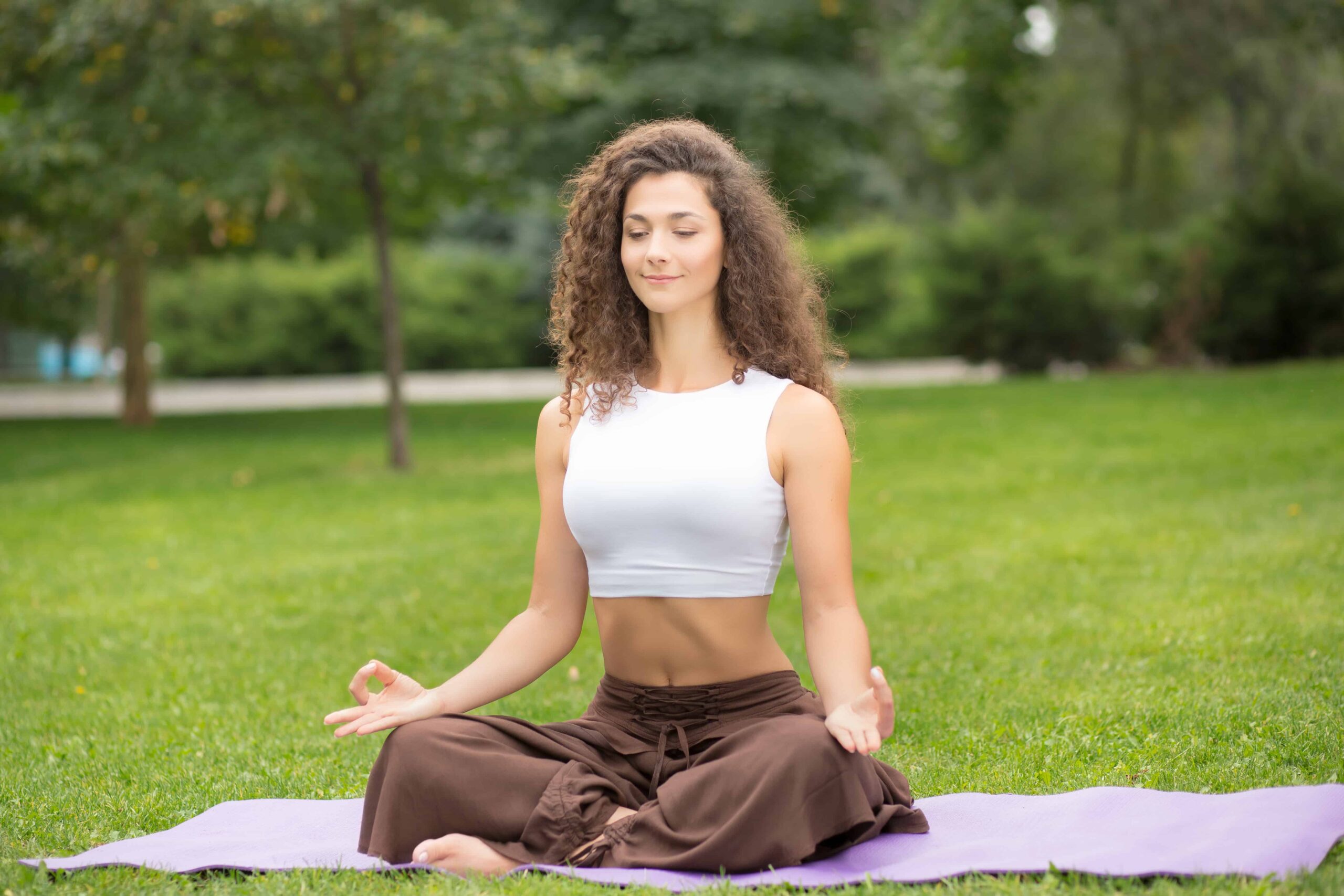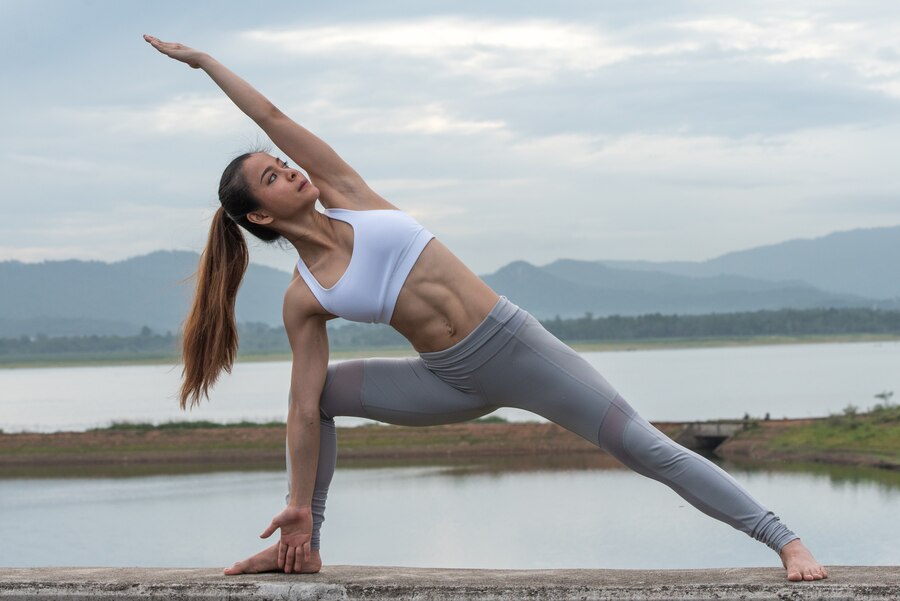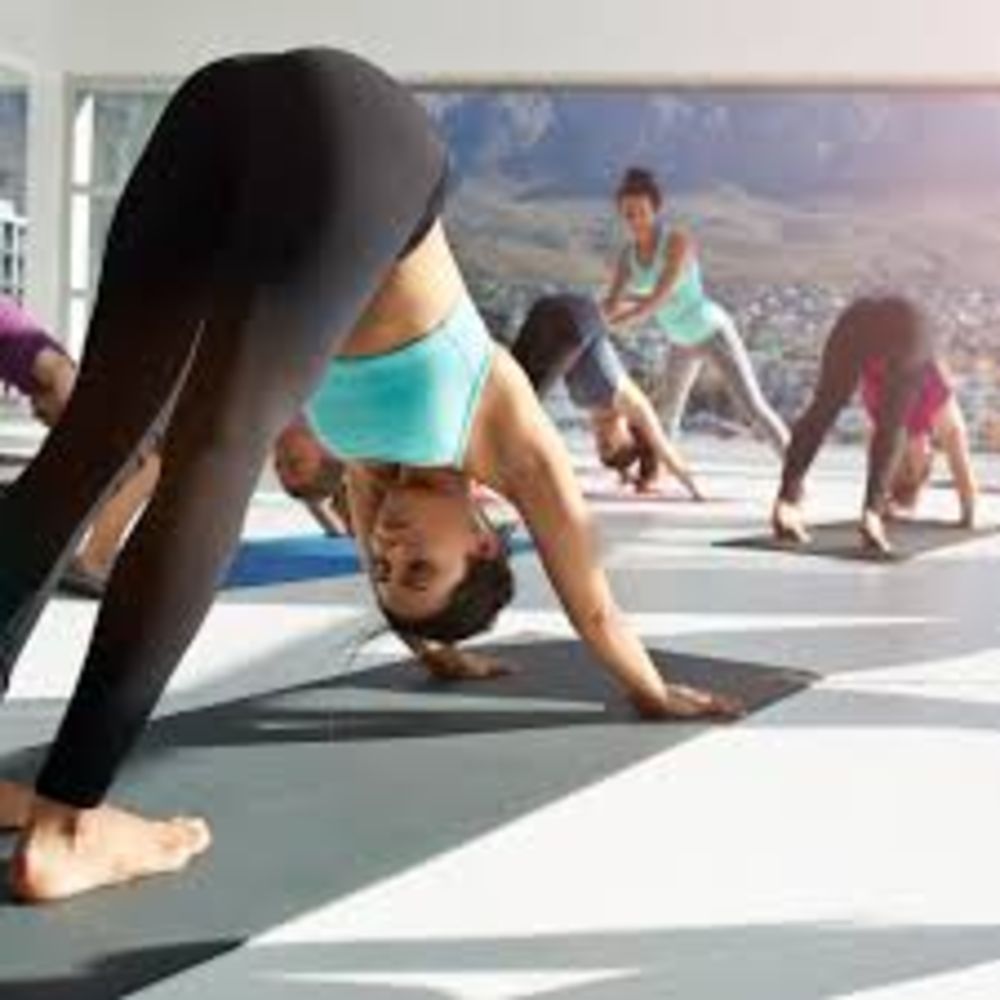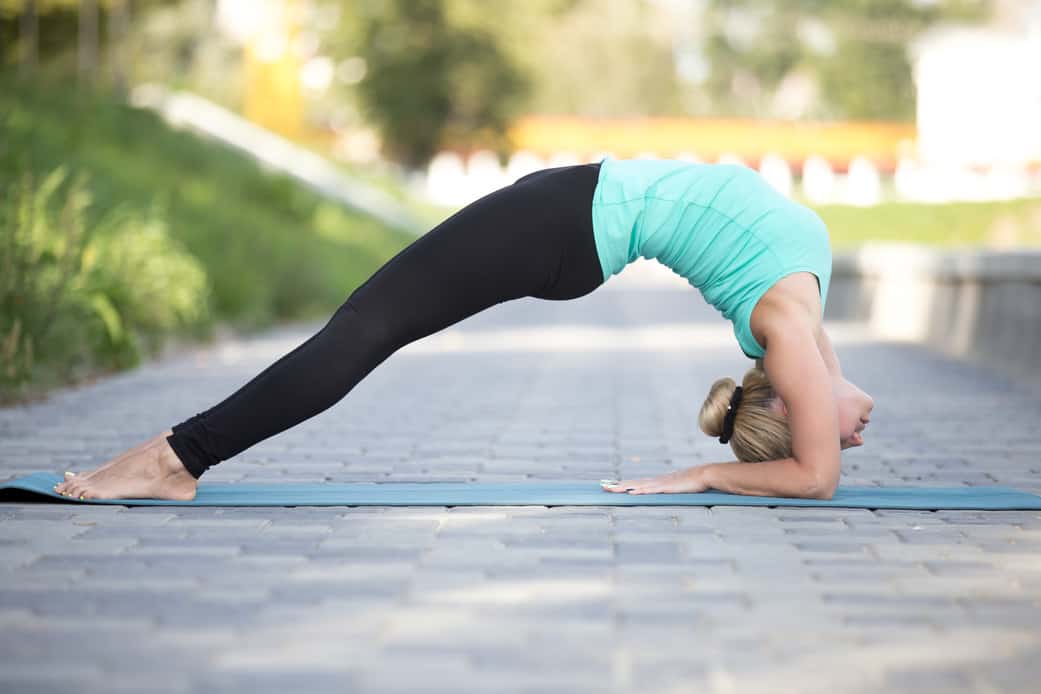The Warrior Series in Yoga
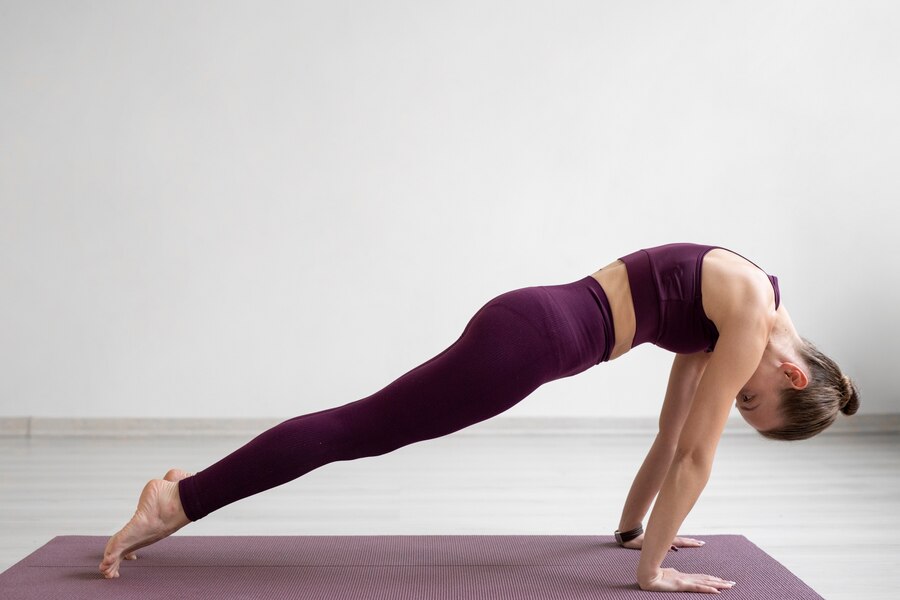
There are few yoga poses as fiery, powerful, and activating as the warrior series. The core poses in the warrior series are Warrior I(Virabhadrasana I), Warrior II(Virabhadrasana II), and Warrior III (Virabhadrasana III). Each warrior has multiple variations with a variety of physical and energetic components. Despite their differences, they all have one thing in common- they are a potent and powerful way to simultaneously stimulate and stabilize one’s mind, body, and energy. Warrior poses are a mental, spiritual, and physical workout that provides an opportunity for transformation for both beginner and advanced practitioners and can be woven into any vinyasa, hatha, or yin-yang style class to add a dynamic, uplifting, and stabilizing quality.
The History Of Yoga Teacher Training Bali
The history of yoga, and therefore the history of the warrior poses, are steeped in Hindu culture and tradition. The warrior poses are named after great warriors from ancient Hindu texts. Virabhadra was a fierce and powerful warrior that Lord Shiva created to avenge the death of his wife. He embodied the qualities of strength, courage, and focus- each of which is reflected in the warrior poses. When the warrior poses were developed, it was essential that they encapsulate an energy thatwas fierce, fiery, and focused as the warrior of their origin story. Anyone who has held a warrior pose for an extended period of time can testify to the truth of these energetic effects.
Join Yoga Teacher Training in Bali
If you join Yoga Teacher Training in Bali you will learn that each of the warrior poses offer unique benefits and challenges for the body, mind, and spirit. Warrior I strengthens the legs, hips, and core while opening the pecs (chest) and shoulders. It also helps to improve focus and concentration, while building a sense of confidence and internal stability. Warrior II requires a deep level of concentration and focus. It strengthens the legs, hips, and core while stretching the inner thigh region- all while helping improve balance and stability. A common transition in vinyasa yoga is from Warrior II into Reverse Warrior (Viparita Virabhadrasana) where you flip the front hand, raise the arm up, slide the back arm down the back leg, and take a backbend thereby stretching the side body. This can help to open up the chest and lungs and stretch the intercostal muscles (situated in between the ribs).
In studying the warriors on a yoga teacher training in Bali, you will learn that Warrior III is in some ways the most advanced of the three poses, due to the fact it is a balancing pose, it requires even more strength, stability, and focus. It strengthens the legs, core, and upper body while improving balance, stability, and coordination. It establishes balance and focus in both the mind and body and in doing so helps create more balance and focus in life. One of the benefits of yoga is that the lessons we learn on the mat extend far beyond that time. We carry the lessons and effects with us not only into our next practice but into our life.
Learn About On Any 200 Hour Yoga Teacher Training In Bali
Warrior poses are more “modern” yoga poses, being introduced more recently than a plethora of other more “traditional” asanas such as Trikonasana, Balasana, and Shalabasana. Despite their more “recent” origins, warriors are part of yang-style yoga practice and are some of the core poses you will learn about on any 200 hour yoga teacher training in Bali.
So what is it that makes warriors so powerful? They are physically activating and strengthening. Warrior I, II, and III all build strength in the lower body. Further, ample core activation is required to maintain alignment. Additional to their physical benefits is the spiritual significance of warrior poses. Each pose embodies strength, courage, and focus. Including them in your practice regularly may help you bring the same sense of focus, courage, and strength not only in your practice but in your life.
